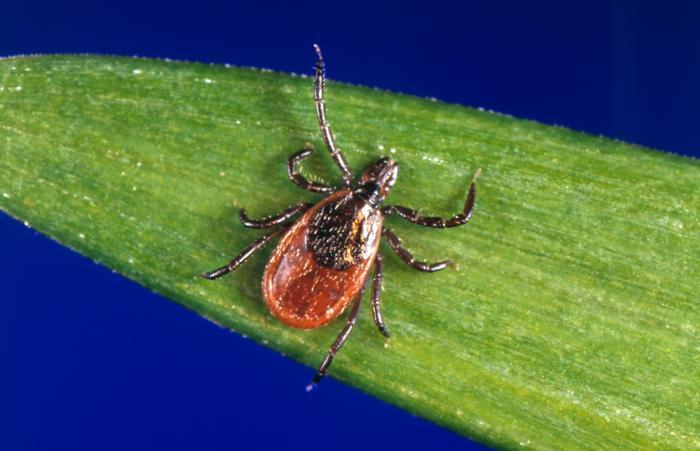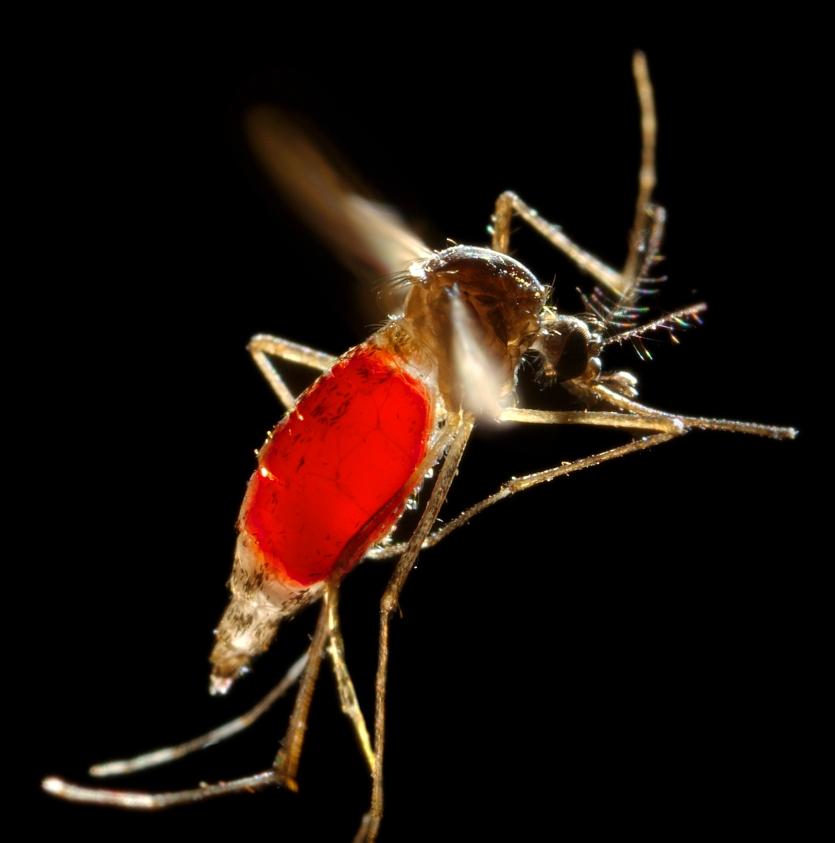The Texas Department of State Health Services (TDSHS) today reported eight more measles cases since its last update on May 9, including the first two from Dallas that are linked to the large outbreak in West Texas.
.jpg)
Also, the TDSHS said cases in the Dallas area now linked to the large outbreak centered in Gaines County are from Collin and Rockwall counties. Collin County is just northeast of Dallas and is home to Plano, and Rockwall County is about 32 miles northeast of Dallas.
Last week, officials said they removed Garza and Lynn counties from the list of active transmission counties, because two incubation periods have passed since the last patients were infectious.
The new cases reported today lift the Texas outbreak total to 717 from 32 counties. The state has also reported 15 cases in various counties that aren't part of the West Texas outbreak.
Houston wastewater sampling showed early warning
In other Texas measles developments, a research team based at Baylor College of Medicine described how they detected the measles virus in Houston wastewater samples before illnesses were detected in two travelers. They reported their findings in the American Journal of Public Health.
The wastewater surveillance program, which also involved the Houston Health Department and researchers from two other universities, detected measles in samples collected on January 7 from two Houston water treatment facilities, well before investigations confirmed two measles infections in travelers on January 17. The travelers lived in the same area serviced by the water treatment plants.
Researchers said that, for comparison, 821 wastewater samples from the same area were negative in monitoring over the 31 previous months.

.jpg)















